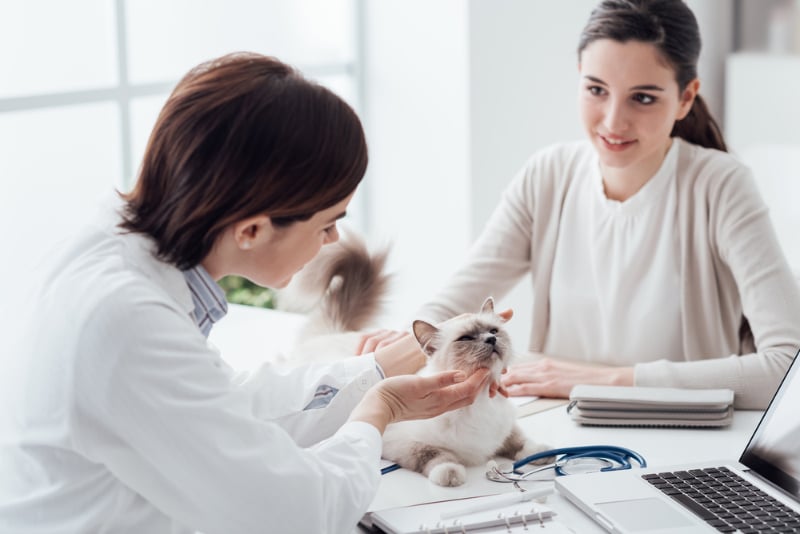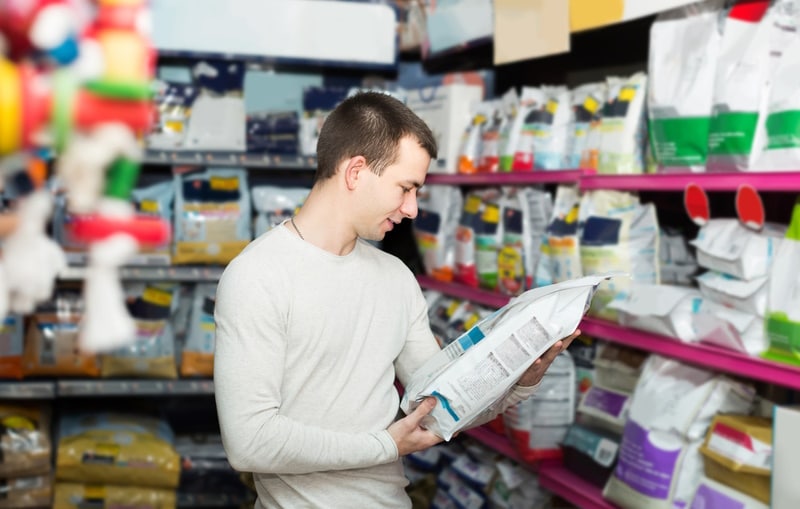Your cat’s liver is a hard-working organ that performs various functions to be certain that the body’s systems stay healthy and run easily. It not only removes wastes and toxins out of your cat’s blood but in addition breaks down medications, helps with the digestion of food, stores vitamins, and minerals, aids the immune system, produces bile and proteins, and generates aspects that help clot blood. One can easily imagine that if the liver fails, so do many other body systems.
Liver disease can have detrimental effects in your cat’s health and well-being. Let’s take a better look into the disease process and the way we might help cats affected by a liver malady.
What Is Liver Disease in Cats?
Liver disease occurs from an alteration in the traditional function of the liver or through a secondary process that also affects the liver. While the liver is able to regenerating itself, which helps protect it, it’s also at risk of injury when it encounters harmful substances that it metabolizes and detoxifies from the body.
What Are the Signs of Liver Disease in Cats?
Liver disease can manifest in vast and diverse ways. Cats with liver disease may show various signs that affect different body systems, corresponding to:
- Lethargy
- Lack of appetite
- Weight reduction
- Vomiting
- Diarrhea
- Jaundice
- Abdominal swelling (ascites)
- Abnormal bleeding or bruising
- Increased thirst and urination
- Nervous system abnormalities, corresponding to head pressing, circling, seizures, and coma
As in people, cats could have yellowing of their skin, the whites of their eyes, and mucus membranes, corresponding to their gums, when their liver will not be working properly. That is referred to as jaundice. Jaundice occurs when bilirubin levels construct up within the bloodstream, causing yellowing of the tissues. Bilirubin is produced when old red blood cells and hemoglobin are broken down. This is generally not a problem when the liver filters and removes bilirubin from the bloodstream. Nonetheless, in cats with liver disease, the filtering of bilirubin is impaired, which can show because the classic yellowing seen with jaundice.
What Are the Causes of Liver Disease in Cats?
Several diseases and disorders can affect the liver. Common causes of liver disease (with examples) in cats include:
- Obesity
- Bacterial, viral, fungal, and parasitic infections
- Toxins
- Tylenol (acetaminophen)
- Blue-green algae
- Inflammation of the gallbladder and/or liver
- Bile duct obstruction
- Gallbladder or bile duct rupture
- Congenital issues
- Portosystemic shunt
- Polycystic disease
- Hepatic amyloidosis
- Endocrine disorders causing secondary liver disease
- Diabetes mellitus
- Hyperthyroidism
- Cancer
- Biliary adenomas
- Biliary adenocarcinoma
- Lymphoma
- Other blood cell tumors
Cats could be born with disorders affecting the liver. One such congenital condition is a portosystemic shunt. A shunt impairs the liver’s ability to remove toxic products from the gastrointestinal tract. Consequently, blood is shunted away from the liver into the systemic circulation, where toxic substances like ammonia enter the bloodstream.
Ammonia is generally detoxified by the liver. When this process will not be working appropriately, toxins within the blood can affect the nervous system, the GI, and the urinary tract. Hepatic encephalopathy is a secondary results of liver disease, producing signs like altered behavior and disorientation.
How Is Liver Disease Diagnosed in a Cat?
After fastidiously reviewing your cat’s past medical history and current signs and performing a whole physical exam, your veterinarian may recommend diagnostic testing, corresponding to bloodwork, urinalysis, abdominal X-rays, and ultrasound, to guage the function and appearance of your cat’s liver.
A liver biopsy while your cat is under heavy sedation or general anesthesia can also be advisable to assist determine a diagnosis. That is achieved by guiding a biopsy needle through the skin and directly into your cat’s liver to aspirate a sample of liver cells (also referred to as high quality needle aspiration) or by taking a small amount of liver tissue during surgery. The tissues and cells are then checked out under a microscope by your veterinarian or a trained veterinary pathologist for abnormalities, or they could be cultured for bacteria or analyzed for toxins.
How Do I Look after a Cat With Liver Disease?
In case your cat has been diagnosed with liver disease, there are alternatives to assist manage and even cure the condition, depending on the underlying causes. Prescription diets can be found which can be liver friendly, meaning they contain nutrients which can be easy for the liver to process. Specific medications are sometimes advisable to assist support liver function. Your veterinarian can also recommend vitamin and mineral supplements, as vitamin deficiencies often occur with liver disease.
In cases of more severe liver disease and/or clinical signs, hospitalization of your cat with intravenous fluids, medications to support liver function, antinausea medications, and electrolyte imbalance corrections could also be obligatory. In case your cat refuses to eat, a feeding tube could also be placed to facilitate proper nutrition while the liver heals. Blood or plasma transfusions could also be obligatory where liver disease impacts your cat’s blood-clotting abilities. Cats with liver cancer may profit from chemotherapy and/or surgery to assist fight the disease process and forestall or slow the progression of the cancer.
Image Credit: Stock-Asso, Shutterstock
Steadily Asked Questions
How Does Obesity Contribute to Liver Disease in Cats?
Obese cats that undergo a period of stress leading to poor appetite or lack of food may experience hepatic lipidosis also referred to as fatty liver disease. This happens when the body rapidly breaks down fat reserves, which then accumulate within the liver. The liver is unable to properly process this sudden influx of fat, which then builds up and prevents the liver from performing its normal functions. Untreated fatty liver disease is a serious condition that may result in liver failure and should lead to death.
Is Tylenol Secure for Cats?
Several toxins can damage your cat’s liver, including Tylenol. For this reason it is necessary to seek the advice of along with your veterinarian prior to giving your cat any medication, including over-the-counter medicines. In case you consider that your cat has consumed a toxic substance, reach out to your veterinarian, the Pet Poison Helpline, or the ASPCA Animal Poison Control for assistance.
How Is Liver Disease Treated?
Taking good care of any underlying issues that could be causing liver disease (e.g., diabetes mellitus, obesity, etc.) is significant. Prescription diets, medications that support liver function, and supportive care are sometimes indicated within the recovery process.
Image Credit: BearFotos, Shutterstock
Conclusion
The liver performs various functions to maintain your cat healthy. While it has regenerative capabilities, certain conditions, diseases, and toxins may impact its ability to work properly. Prompt treatment of liver disease is crucial for one of the best final result. Treatment for liver disease may include correcting underlying issues, intravenous fluid therapy, medications to support liver function, and dietary management.
Featured Image Credit: megaflopp, Shutterstock




